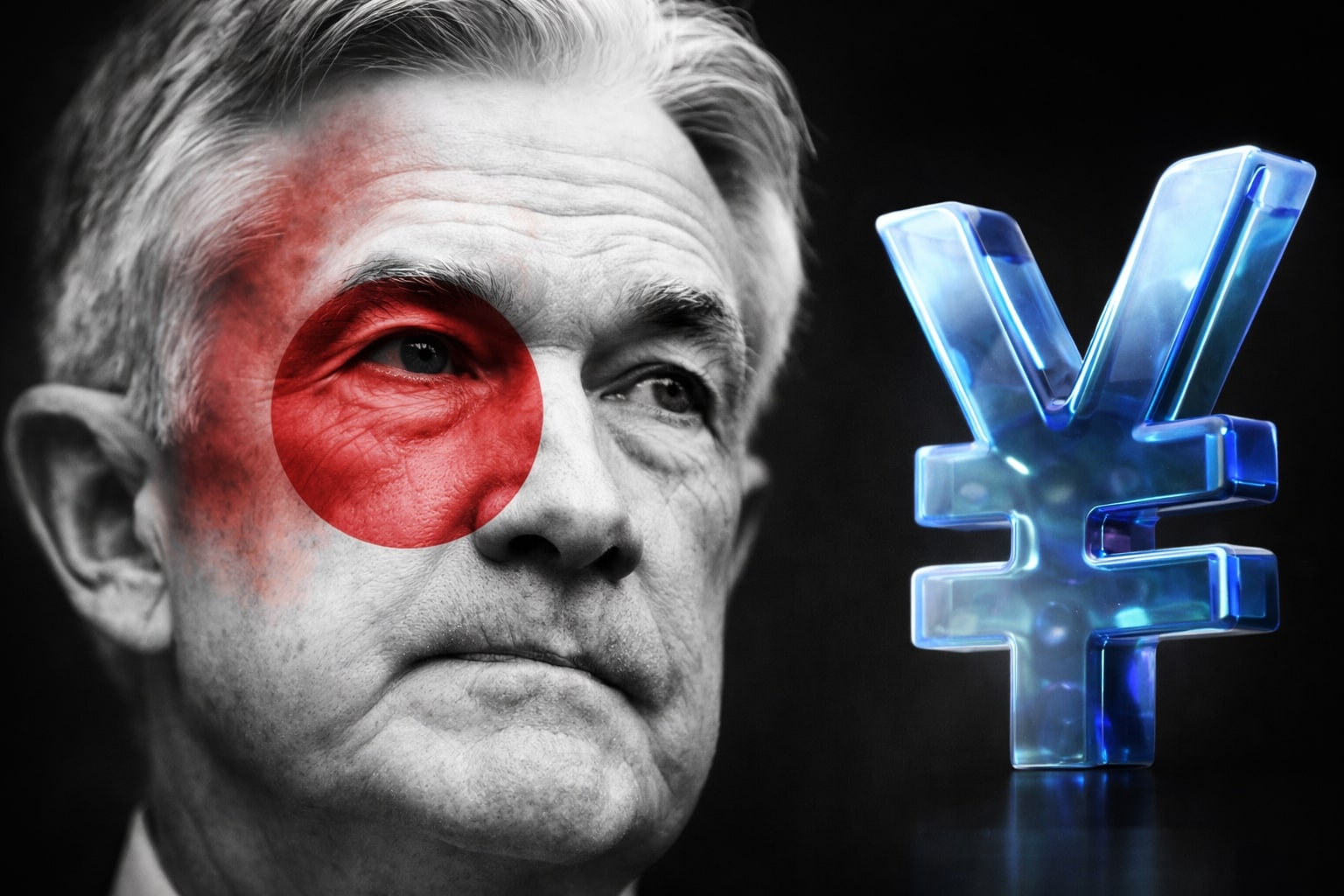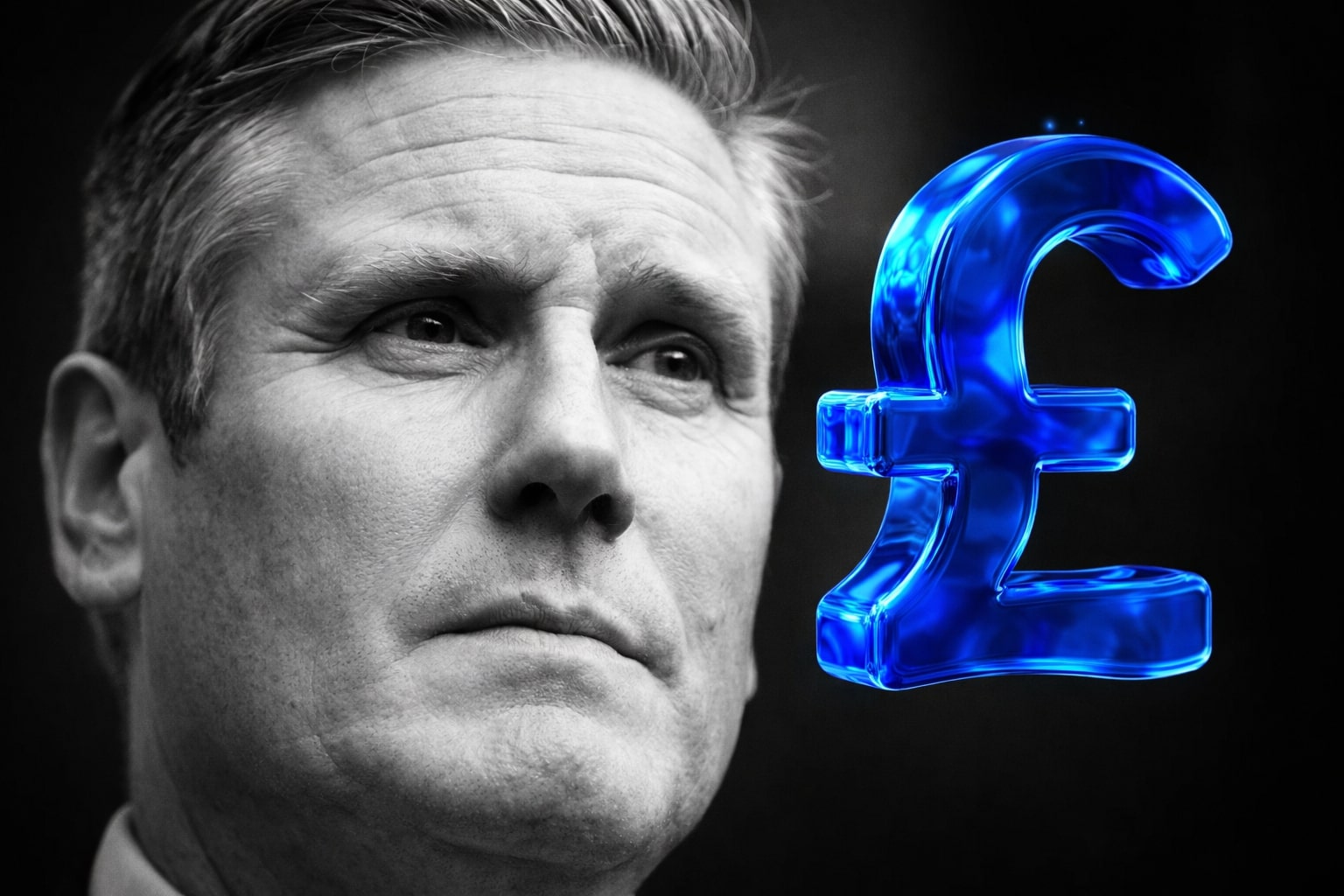
EUR/USD Volatility: Central Bank and Geopolitical Impacts
As the market anticipates data releases and central bank meetings, the EUR/USD faces influencing factors ranging from monetary policies to energy prices. Stay informed with TradingNEWS insights
EUR/USD Dynamics Amid Market Volatility
EUR/USD Overview
During Monday's early Asian trading session, the EUR/USD pair witnessed a retreat, moving away from the pivotal 1.0600 benchmark. As the pair settles around 1.0586, it shows a 0.07% decline for the day. This occurs in a context where the market is gearing up for imminent data releases from both the Eurozone and the US. An added focus is the upcoming European Central Bank (ECB) meeting on Thursday, where most market participants expect unchanged interest rates.
The Impact of the US Dollar and Treasury Yields
The EUR/USD pair enjoyed a boost on Monday, predominantly due to a declining US Dollar. This ascent was marked by a breaking of a downtrend line, taking the pair to 1.0676—its apex in a month. This positive outlook for the Euro was slightly shadowed by the potential for some stabilization following its 100-pip ascent.
The US Dollar's sharp decline was significantly influenced by the 10-year Treasury yield's trajectory. While it initially scaled above 5.00%, it soon plummeted to 4.84%, directing the US Dollar index to its lowest intraday point since September 22 at 105.51.
Bond Market's Volatility and Upcoming Releases
The bond market's volatility remains in the spotlight, especially with the impending release of Eurozone and US PMI data on Tuesday. Expectations lean towards a minor improvement for the Eurozone and a modest decline in the US. Additionally, all eyes are on the ECB's monetary policy meeting scheduled for Thursday, as well as pivotal US economic indicators, including GDP and the Federal Reserve's favored inflation metric.
Technical Insights
From a daily perspective, the EUR/USD pair's movement away from the 20-day Simple Moving Average (SMA), which is now ascending, suggests the possibility of more gains. Key resistance awaits at the 55-day SMA, near the 1.0710 region.
On a 4-hour timeframe, the pair's breakthrough of a significant downtrend line augments the Euro's prospects, hinting at further potential upside. Immediate support levels lie around the 1.0595 mark, and if the price dives beneath this, a dynamic support is expected near 1.0550. Conversely, on the upward trajectory, resistance points are 1.0670, 1.0695, and then 1.0710.
Monetary Policy and Economic Indicators
Economists' consensus, stemming from a Reuters survey, intimates that the ECB's rate hike era might have reached its conclusion. Yet, potential easing initiatives may be postponed until at least July 2024 due to ongoing inflation concerns.
Complementing monetary policy, the European Union contemplates extending an emergency gas price ceiling, initially implemented in February. This decision is fueled by potential ramifications from Middle East conflicts and disruptions to the Baltic pipeline, which could trigger another price surge in the forthcoming winter months.
Potential ramifications of an energy crisis could exert bearish pressure on the Euro, possibly curbing the EUR/USD momentum.
Federal Reserve's Stance
As the Federal Open Market Committee (FOMC) begins its communication blackout phase, the Federal Reserve's message remains cohesive. Jerome Powell, the Chair, has signaled a consistent stance on interest rates for their upcoming November session. Moreover, insights from other Fed officials, such as Raphael Bostic, Patrick Harker, and Loretta Mester, underline a general consensus against immediate rate reductions.
ECB's Position and Market Impact
The ECB, having already introduced 450 basis points of rate hikes across the past ten meetings, is anticipated to maintain borrowing costs. Recent bond yield increments in the region further validate the bank's decisions, making additional immediate actions unnecessary. However, traders should remain vigilant to forward guidance, especially messages from President Christine Lagarde. If she conveys that the aggressive tightening campaign has concluded, the Euro might witness notable losses against the US Dollar and a milder decline against the British Pound.
However, if future rate hikes remain a possibility, the EUR/USD might experience a recovery in the short term.
While the Eurozone's growth parameters might suggest a more dovish monetary stance, inflation dynamics narrate a distinct tale. With Brent oil prices significantly surpassing the ECB's projections, it seems that the 2.0% CPI target may not be realized until 2026.
EUR/USD Technical Analysis
With EUR/USD sandwiched between channel resistance at 1.0600 and trendline support at 1.0525, traders should anticipate significant moves in the upcoming days. Two key scenarios unfold:
-
Bullish Breakout: If the pair surmounts the resistance between 1.0600 and 1.0625, the momentum could lead towards the 50-day SMA and potentially 1.0765.
-
Bearish Breakdown: Should the pair breach the 1.0525 support, sellers might reclaim dominance, potentially targeting the 2023 lows.
Impact of Geopolitical Tensions on Energy Prices
The geopolitical landscape has been a significant influencer on energy prices, especially within the Eurozone. The European Union is currently contemplating an extension of the emergency gas price ceiling, which was first introduced in February. The primary motivation behind this contemplation stems from concerns surrounding potential upheavals in the Middle East, combined with disruptions to the Baltic pipeline. Such disruptions could lead to a surge in energy prices as winter approaches.
An energy crisis induced by these geopolitical factors could exert downward pressure on the Euro. In such a scenario, it's essential to understand that the already gained momentum of the EUR/USD might be halted or reversed. For traders and investors, the energy sector's dynamics, especially in Europe, would be a pivotal area to watch.
Federal Reserve vs. European Central Bank: A Comparative Stance
The Federal Reserve's position, under the leadership of Jerome Powell, seems to be on a steady path. The Chair, along with other Federal Open Market Committee (FOMC) members like Raphael Bostic, Patrick Harker, and Loretta Mester, seem to be aligned against immediate rate cuts. Their message appears cohesive, suggesting a consistent stance on interest rates for their impending November session.
In contrast, the European Central Bank (ECB) has already implemented 450 basis points worth of rate hikes across its last ten meetings. The regional bond yield increments further reinforce their decision, making immediate additional actions appear redundant. Yet, traders need to be acutely aware of the forward guidance provided by the bank, particularly from President Christine Lagarde. A declaration signaling the end of the aggressive tightening cycle could induce a significant drop for the Euro against the US Dollar, with a more moderate decline expected against the British Pound.
Conversely, if there remains room for future rate hikes, the EUR/USD might witness a temporary recovery. One essential aspect to note here is the Eurozone's growth metrics versus its inflation dynamics. Despite the growth parameters suggesting a potential for a dovish monetary policy, the inflation landscape paints a different picture. The Brent oil prices have far exceeded the ECB's projections, hinting that the anticipated 2.0% CPI target may remain elusive until 2026.
EUR/USD Potential Movements
In the technical realm, the EUR/USD currency pair finds itself caught between channel resistance situated at 1.0600 and trendline support at 1.0525. This confinement poses potential scenarios in the immediate future:
Bullish Trend: If the EUR/USD manages to overcome the resistance barrier in the 1.0600 to 1.0625 range, it could set into motion a bullish momentum. This momentum might propel the currency pair towards the 50-day SMA and possibly even reach 1.0765.
Bearish Downtrend: Conversely, if the pair happens to break below the 1.0525 support threshold, bearish dominance could be re-established. Under such circumstances, it wouldn't be far-fetched to expect the pair to target the lows seen in 2023.
In Summary
The EUR/USD dynamics are influenced by a plethora of factors, ranging from monetary policy decisions by central banks to geopolitical tensions affecting energy prices. As the market awaits key data releases, and with central bank meetings on the horizon, volatility is expected to remain high. Traders would do well to stay vigilant, keeping a keen eye on the various influencing factors and technical indicators, to make well-informed decisions.
That's TradingNEWS
Read More
-
UNG ETF At $12.25: Can Natural Gas, LNG Expansion And AI Power Demand Ignite A Rebound In 2026?
31.12.2025 · TradingNEWS ArchiveStocks
-
XRP ETFs XRPI at $10.52 and XRPR at $14.90 End 2025 Red as Inflows Hit $1.15B
31.12.2025 · TradingNEWS ArchiveCrypto
-
Natural Gas Price Slides Toward $3.70 as Warm Forecasts Dominate but LNG Exports Support NG=F
31.12.2025 · TradingNEWS ArchiveCommodities
-
USD/JPY Price Forecast - USDJPY=X Holds Near 156.60 as Fed Easing and BoJ Tightening Collide at Year-End
31.12.2025 · TradingNEWS ArchiveForex



















